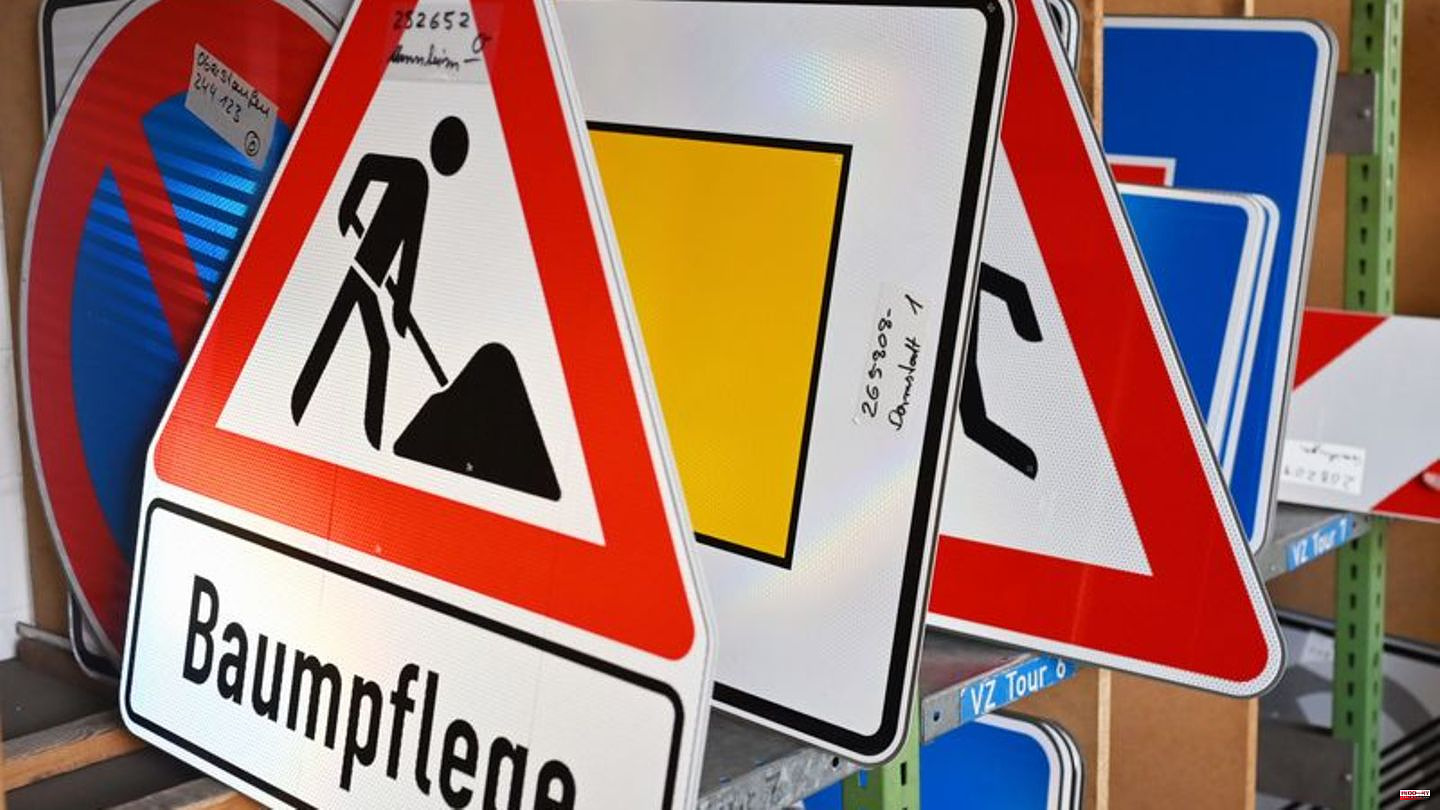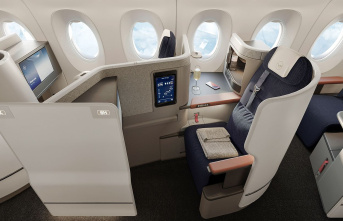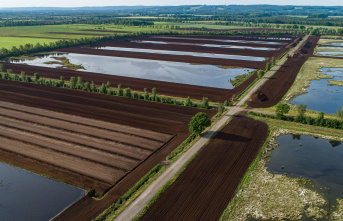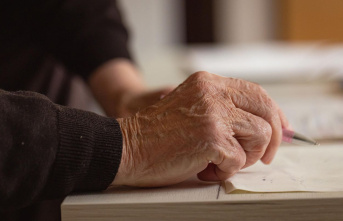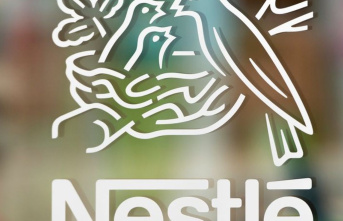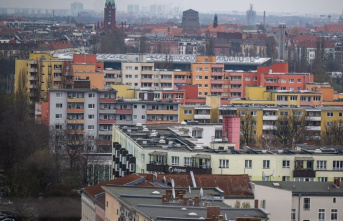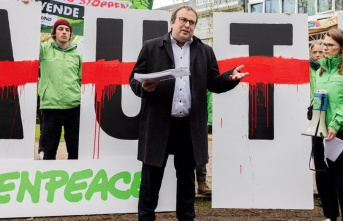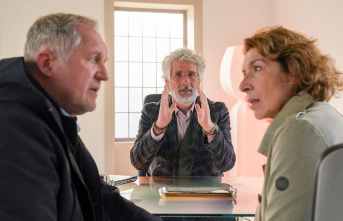If you walk close to a traffic sign and look closely, you can see it in many cases: a honeycomb structure on the colored surface. Sometimes even in stripes. This is due to the printed foil that is stuck to the metal and that makes it a traffic sign.
Depending on how much the films should reflect light from car headlights, for example, micro glass beads are sometimes integrated into them, sometimes so-called micro prisms. The latter ensure particularly good reflection performance.
There are also different coatings - for example against dew, graffiti or with knobs against stickers, says Maximilian Ries, junior manager of the Kurt Ries GmbH sign factory in Bruchsal near Karlsruhe. "There's more and more demand for that." At some service areas on the motorway there are real hotspots where football fans stop and tape a sign over to the point of being unrecognizable.
Some signs as big as a student dorm
But the film types are by no means all that can be used to distinguish between the traffic signs, which are actually standardized. The sheet metal can be two or three millimeters thick and come in different sizes, says Ries. Some are framed, others are frameless. There are different hole plans for later attachment - depending on how a sign is mounted and how much it has to withstand the wind. The large ones, for example on the freeway, sometimes reach dimensions of 60 square meters, says Reis. "As big as my dorm room."
As a rule, aluminum is used as sheet metal, as Rie explains. Composite materials are now also permitted. This should save CO2, says the company's successor. "But what about the separation?" In general, aluminum signs are easily recyclable. In the Netherlands there are also approaches to developing signs made of hemp. The industry in Germany - there are a good dozen other manufacturers - also have an eye on this from a climate point of view.
Once the sheet metal has been cut into shape and the foil printed, manual work follows: with the help of a roller, the employees in the sign factory stick stop signs and the like onto the metal without air bubbles.
Dynamic Sign Catalog
There are more than 400 different traffic signs in Germany. The ADAC auto club describes them as "one of the most important components of road traffic." Every now and then some are dropped from the catalog or new ones are added - for example because of new forms of mobility such as car sharing. As a rule, the Federal Highway Research Institute creates a draft, as a spokesman explains, which the Federal Ministry of Transport then adopts as legislator.
According to the information, it is very rare for traffic signs to be changed or given a new design: most recently in 1992. "In this context, the majority of the existing traffic signs were redesigned," explains the spokesman. At that time, the graphic content was fundamentally revised and the current images of people were introduced. According to the authority, they are described as gender-neutral - apart from the mother and child on the sidewalk sign.
Gender neutrality debate
However, opinions differ on this topic in particular. A man with a hat and a child by the hand could once be seen. At the suggestion of the then Federal President Gustav Heinemann, this was changed to a woman with a child, "since he was of the opinion that the depiction of a man with a child had a certain inciting character and thus encouraged the seduction of underage girls by sex criminals," says one Statement of the Petitions Committee in the Bundestag on a petition from 2012.
This had promoted even more gender-neutral representations, because women did not use sidewalks significantly more often or longer than men and age (child and adult) also played no significant role. The committee replied: The sign for a special cycle path depicts a men's bicycle, "without men's bikes being more common on mandatory cycle paths than women's bikes. In addition, an improvement in traffic safety associated with the exchange is not recognizable".
Worn signs will be replaced
But even if traffic signs don't change, according to Ries, they have to be replaced regularly. Over time, in wind and weather, they reflect less. It usually gets critical after 15 years, but every fourth sign is older. Therefore, there are always orders, especially from municipalities and highway maintenance departments. Countless signs are needed. "Give way" is the most frequently requested order, says Ries. Then no stopping. Very rarely, on the other hand, in Bruchsal did they print the sign for parking halfway on sidewalks.
Private individuals can also order signs. "80 is often asked," says Ries - for round birthdays instead of as a speed limit. "But you can't hang them on the street." A sign like this costs around 50 euros. For private use, there is also more freedom in design.
Otherwise, design guidelines set pretty much everything - from the hue to the distance between the text and the border. Only one thing is in human hands and is the worst thing that can happen for the sign maker, as Ries says: typing errors that nobody notices until installation, despite checks in the factory and by the customer.

